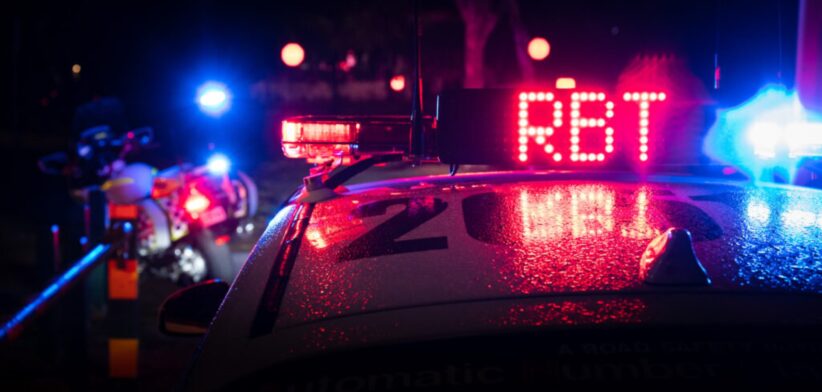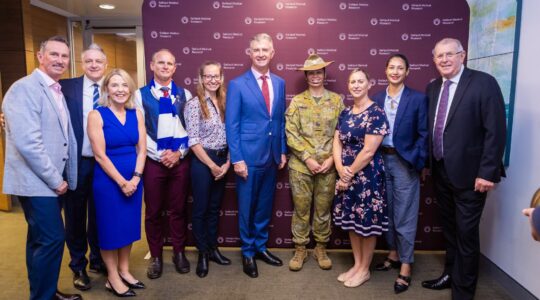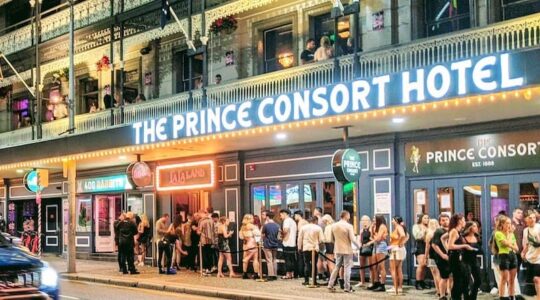Almost one in six Queenslanders have admitted to drink driving over the past 12 months.
The latest RACQ Road Safety Survey revealed 15.7 percent of respondents drove after drinking, the highest level since the survey began in 2017.
RACQ Head of Public Policy Michael Kane said the research also showed 6.1 percent of drivers admitted to getting behind the wheel after taking illicit drugs.
“We clearly have an increasing drink and drug driving cultural problem in Queensland and it’s causing serious harm to our communities,” Dr Kane said.
He said between 2020 and 2024, an average of 57 people died each year in crashes involving drink drivers, and 59 in drug-related crashes.
“This is an increase from 2019 when the road toll was 220 with 46 deaths involving drink driving and 43 deaths related to drug driving.
“These aren’t just numbers – they’re people who never made it home to their families and friends who are now grieving.”
Dr Kane said RACQ’s research also exposed concerning behavioural trends to avoid detection while drink driving with more than 50 percent of motorists saying they had taken a different route to avoid roadside testing, and nearly 40 percent using apps to check for police locations.
“It’s clear too many drivers are not taking the law seriously, and there has been a shift in respect for road rules since COVID with road trauma trending up,” he said.
“Queensland’s positive drug test rate in 2023 was 21 percent, more than double that of NSW, yet our State’s drug testing rate was among the lowest in Australia.
“We are seeing more police back on our roads, but RACQ wants a continued increase of roadside drug and alcohol testing to expand the likelihood of dangerous drivers being caught.
“We also want to see drug testing made mandatory for drivers at all crash scenes and more investment in drug and alcohol rehabilitation services to curb our shocking culture of drink and drug driving through education and support.”








